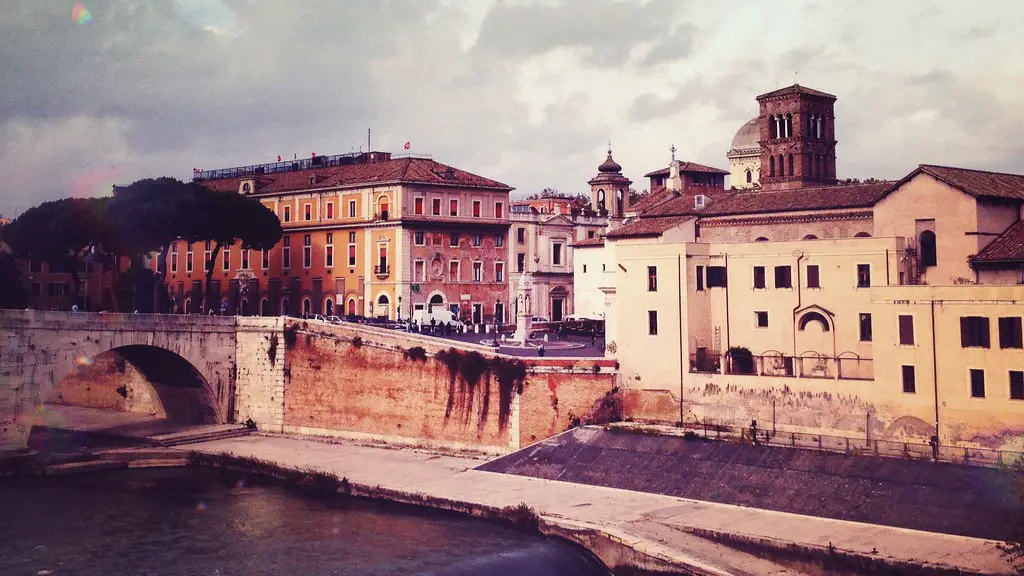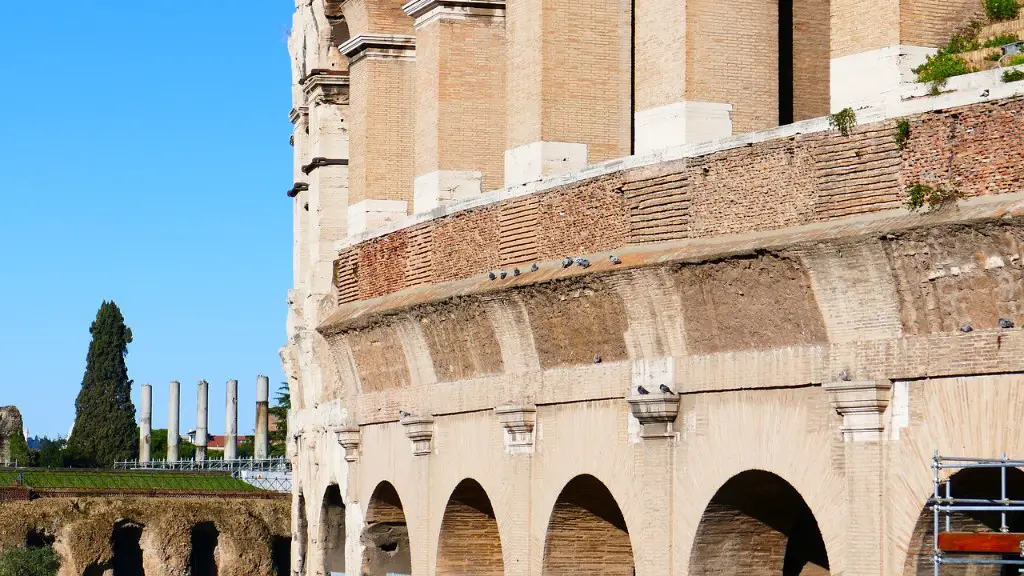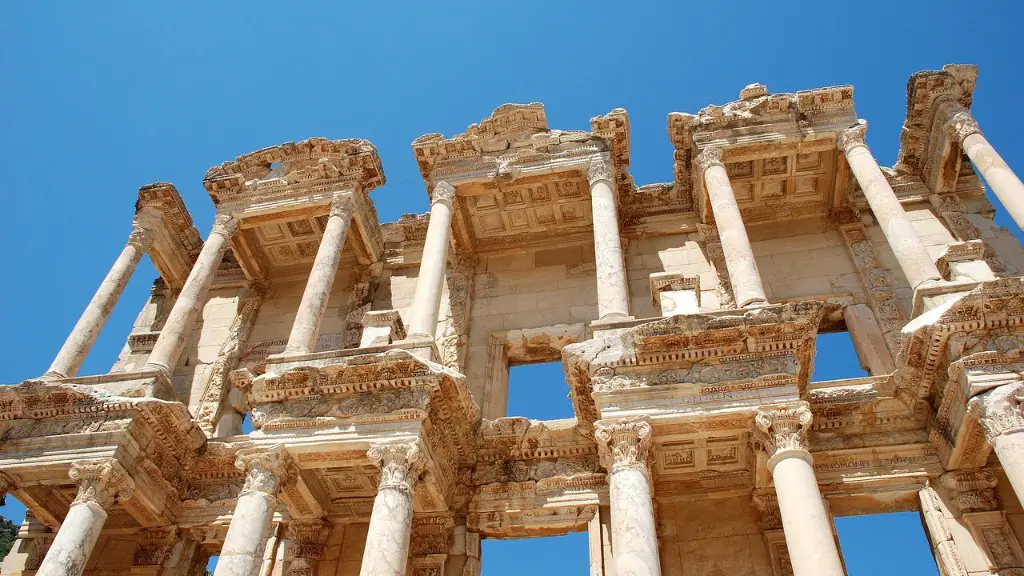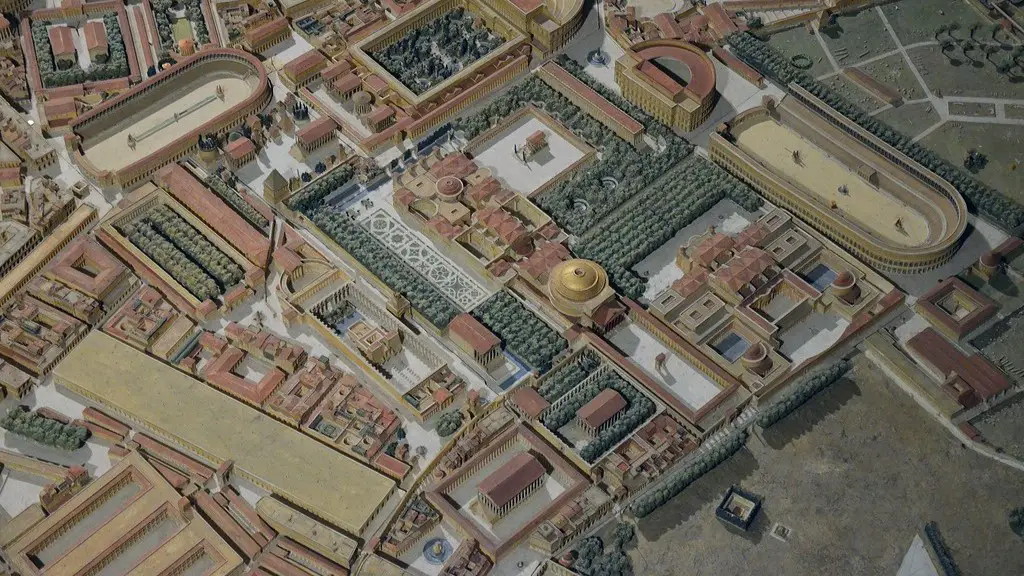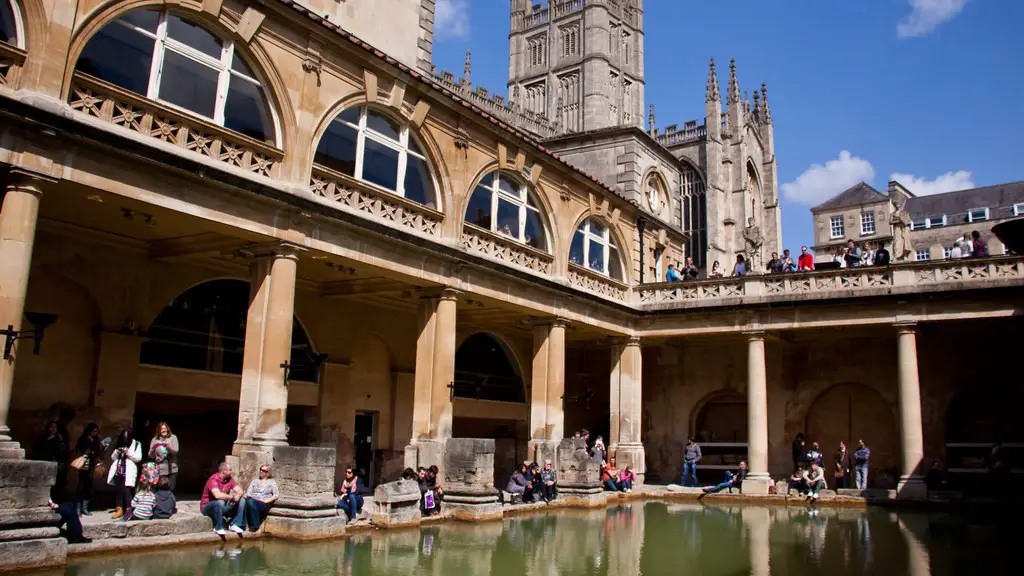Rome – Its History and Archaeological Locations
Rome is an ancient city in Italy built on seven major hills. The ruins of the Eternal City are stunning and for centuries it has been an influential city in the Roman Empire and later in the histories of Western Europe. How did the Romans make the city of Rome so spectacular? What was the city’s historical legacy, and what archaeological locations remain to tell the story?
The city of Rome was founded in 753 B.C. by the two brothers, Romulus and Remus. Romulus is said to have founded the city on the Palatine Hill and under his rule, Rome began to expand. In the 5th century B.C., Rome began to strengthen its military power, and by the 3rd century B.C., it had become the largest and most powerful city-state in Italy, conquering many of its Italian rivals. The expansion of the Roman Empire continued into Africa and eventually Europe, transforming Rome into the most powerful city in the world.
The archaeological locations in Rome as well as the pieces of its historical legacy have made it a major tourist attraction. One of the most popular archaeological sites in Rome is the Colosseum. It was built in the 1st century A.D. by Emperor Vespasian and is one of the most iconic structures from the Roman Empire. It was the site of gladiatorial contests and public spectacles, such as mock sea battles and animal hunts. Another popular archaeological site in Rome is the Roman Forum. Located in the heart of the city, it was once a political and religious hub of ancient Rome, and it is still a major archaeological site today.
The Pantheon is another popular archaeological site in Rome. Built in the 2nd century A.D. by Emperor Hadrian, it is one of the best-preserved and most recognizable monuments of antiquity. The Pantheon is renowned for its low dome and oculus, which allows sunlight to pour into the temple and illuminate its interior sculpture and decorations.
The city of Rome is also home to many other archaeological sites, such as the Circus Maximus. This ancient Roman venue was used for chariot races and other forms of entertainment. The Trevi Fountain is another popular attraction and is renowned for its elaborate sculpture and its marble bas-reliefs.
Rome also has many pieces of its historical legacy, such as the Arch of Titus, which commemorates the military triumph of Emperor Titus in Jerusalem. The first library of Rome, the Palatine Library, is also a major archaeological site and is considered to have been the first public library in Europe.
Impact of The Ancient Rome
The ancient Rome has had a significant impact on the culture and society of the modern world. The language, legal system, and architecture of the Roman Empire have had a lasting influence on Western civilization. The Latin language was the official language of the Roman Empire and is still used in many parts of the world. The Roman legal system, which was based on the Twelve Tables, became the basis for many modern-day legal systems. Roman architecture has influenced the design of buildings throughout the world, from cathedrals to public parks.
The artwork of Ancient Rome also made a major impact on modern art and design. The Roman artists were innovative and creative and their works have been studied and celebrated by later generations. Roman sculpture, painting, and mosaics were used to convey messages and ideas. This art form has been emulated in many cultures throughout the world.
The Roman Empire also had a significant impact on religion. Christianity was born in the Roman Empire and it was through the Roman Empire that Christianity spread to the known world. The Romans were also tolerant of other religions, such as Judaism and other polytheistic religions. This religious tolerance created a society in which many different cultures were able to coexist.
In addition, the invention of new tools and technology in Ancient Rome made a great impact on the world. The Romans developed the aqueduct system for bringing water to the city of Rome, the use of concrete for large building projects, and advancements in military tactics. These innovations have been replicated and have had a great influence on modern society.
Archaeological Works Around Ancient Rome
Archaeological works around Ancient Rome are ongoing with historians and archaeologists making breakthroughs in understanding the civilization’s past. An example is the recently discovered monument at Tiber Island in the River Tiber. Historians now believe it was used as a mausoleum and contained the tombs of important Roman elite. Excavations at the site have also provided much insight into the history and culture of ancient Rome.
Other archaeological discoveries are providing more details on how the Roman Republic and Empire were able to survive. Recent studies have revealed the ingenious water supply system behind Rome’s survival, which contained a series of aqueducts and wells, as well as a complex sewage system that ran beneath the city. This discovery has not only given historians a glimpse into the ancient water supply system, but also provided us with clues as to why Rome was such a powerful empire.
Archaeological work is also helping to increase our knowledge of Roman art and architecture. Recent excavations have uncovered many examples of Roman art, from mosaics to marble statues. Furthermore, archaeological work has revealed new and fascinating aspects of Roman architecture, from the grand public buildings to the elegant houses of the wealthy.
Recent archaeological works have been able to shed new and intriguing light on the daily life of the Romans. From the remains of restaurants and stores left in the city, to the luxury gardens the wealthy famous walked through, archaeologists are discovering a wealth of detail about the past. This is helping historians to gain a better understanding of how people lived in ancient Rome.
Preserving Ancient Rome Today
In modern times, preserving Ancient Rome’s archaeological sites has become a major priority. Much effort is being invested in the conservation and restoration of many of the city’s monuments and archaeological sites. This is being done to preserve the sites for future generations, as well as to ensure that people can continue to gain an appreciation for the grandeur and beauty of the past.
One way to preserve the ancient sites is to open them to the public. The Colosseum, for example, is now a major tourist hotspot and is visited by millions of people every year. Other archaeological sites, such as the Forum, the Pantheon, and the Catacombs, have also been restored and opened up for tourists. These sites have become a window into the past and have allowed people to gain a unique insight into the culture and history of the Roman Empire.
Another way that modern-day Rome is preserving its past is by conducting archaeological excavations. Archaeologists continue to discover new and exciting evidence of the city’s past and these finds help to fill in the gaps in our understanding of Roman history. By engaging in these activities, Rome is helping to ensure that its archaeological sites remain relevant and respected in the present day.
Conclusion
In conclusion, the city of Rome is an ancient and awe-inspiring city that has left an indelible mark on world culture and history. Its archaeological sites and its pieces of historical legacy have provided generations with insight into the Roman Empire. Modern-day Rome is dedicated to preserving its archaeological sites for future generations and by doing so, it ensures that its stories and lessons remain with us for many years to come.
